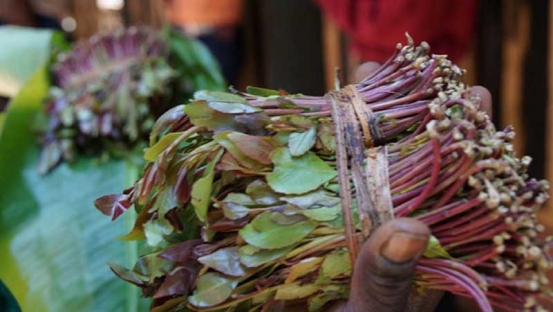×
The Standard e-Paper
Smart Minds Choose Us

The Ministry of Health has classified miraa as a dangerous drug to human health, contradicting recent findings by government scientists that gave the shrub a clean bill of health.
It also contradicts claims by the government that it has petitioned the United Nations to remove khat from the international list of psychoactive drugs. The UN classifies khat on Schedule I, indicating that miraa poses a danger to human health.